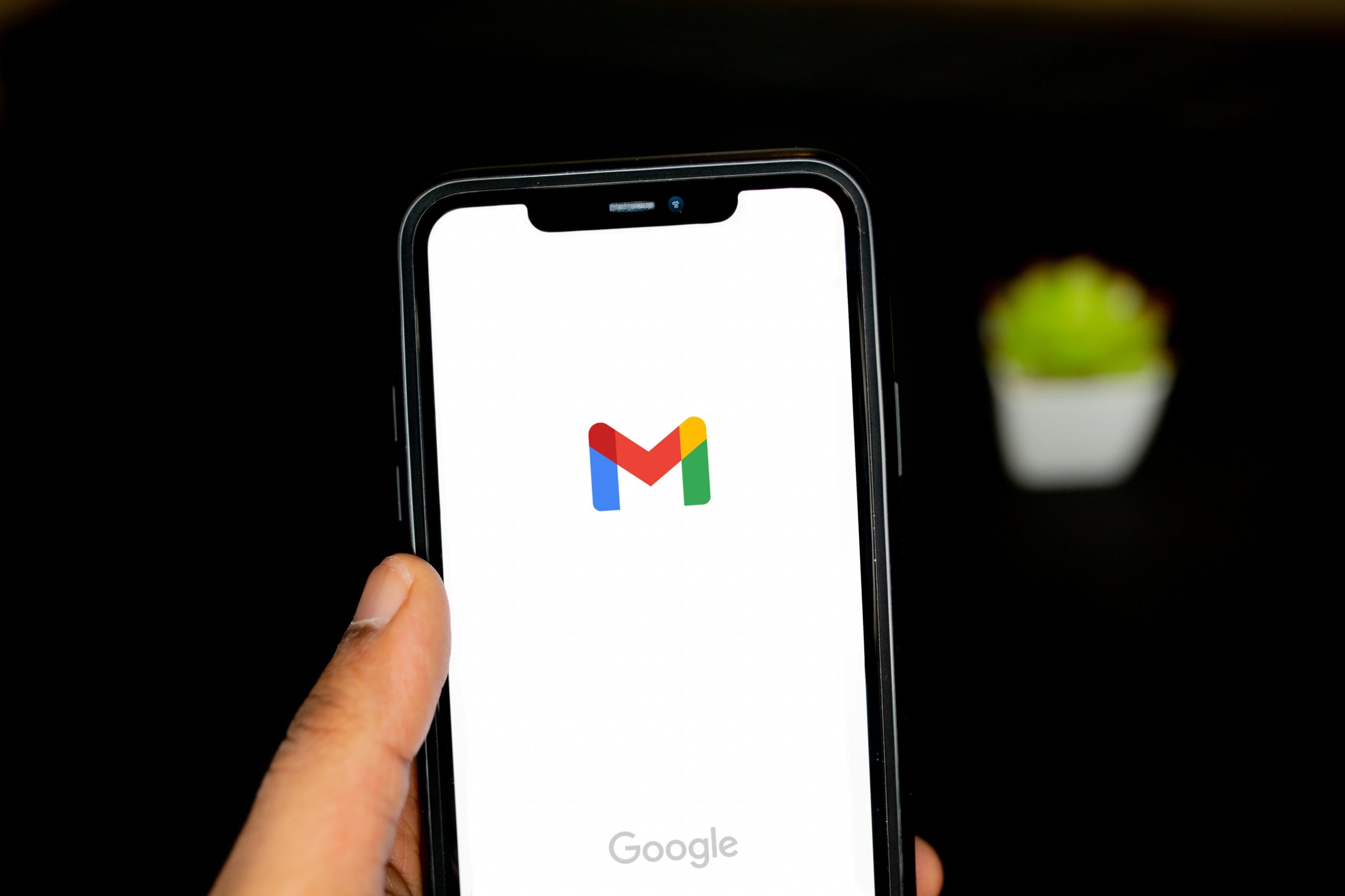Consider this reality: we’re all only temporarily able-bodied. The CDC reports 26% (one in 4) of adults in the United States have some type of disability at any given time. It’s arguable that 100% of people will experience a temporary disability (a broken arm, immobility from a surgery, etc.) at some point in their lives, and some people will have a permanent limitation.
To ensure persons with disabilities are provided access and opportunity, congress passed the American Disabilities Act (ADA) in 1990. Originally addressing physical access, the ADA has evolved to an expectation of accessibility including electronic communication, which was further clarified by the Department of Justice in 2022. The DOJ standard is the Web Content Accessibility Guidelines (WCAG), the resource for companies and organizations to create compliant web and electronic communications. Most industries have adopted some level of these standards for web content, notably in finance, healthcare, hotels and government organizations. But when it comes to email accessibility, there’s a disconnect between intention and action. According to Litmus, 77% of brands say accessibility is a priority – but only 8% follow best practices. You’ve likely dialed in your marketing based on what you know a lot about your audience, but do your emails reflect accessibility?
Thankfully, there’s ways to create compelling, yet accessible emails without compromising your brand standards. And in doing so, you will reach a segment of your audience who is otherwise not getting the information in the way that they need delivered.
Making your emails accessible means making them better for everyone
The purpose of accessibility is usability—ensuring that your emails will accommodate your audiences regardless of their (dis)ability. To provide some perspective on the importance of prioritizing accessibility, consider the following:
- Disabilities come in several forms, including temporary or permanent impairments related to sight, hearing, motor or movement, speech, cognition, learning, and seizures.
- Color blindness affects approximately 1 in 12 men and 1 in 200 women.
- Making accessibility part of your mission demonstrates empathy and inclusiveness across audience and needs.
- Gen Xers and Millennials are more socially conscious, and they seek to support businesses who share in their values and beliefs. Equality and equity are values here to stay.
Leveraging accessible design leads to better user experiences for all. For example, while mobile devices, smart watches and smart home technologies offer accessibility features for those in need, there’s a secondary audience using those same feature for ease and convenience. And by following best practices related to color contrast, CTA buttons, and images, everyone benefits.
With email ranking as one of the most valuable marketing channels, there are several reasons to embrace the accessibility challenge as an opportunity
We often hear the perception that accommodating email accessibility is not worth the money, time or effort, or that only big companies need to mitigate legal risk. This is simply not true. The size of the accessibility market has grown exponentially alongside the growth of technology reliance. We believe accessibility is the right thing to do for people, and that it’s also just smart business practice.
Persons with disabilities control a significant amount of disposable income. According to a 2018 report from American Institutes of Research, people with disabilities have close to $500 billion in disposable income in the United States alone. We believe this a smart business opportunity.
The other business case for accessible email is tied to engagement. If even 10% of your audience has a disability, that is a significant opportunity to meet them where they’re at. Think of a physical a ramp in front of your building, instead of some small access ramp on the side. Can you see the benefit to let your full audience in your front door?
As you lead the charge for increasing accessibility, you may hear concerns regarding potential conflicts with brand standards, or the risk of stifling creativity. We believe these are misconceptions and they’re possible to solve for through design and code development. Beginning with inclusivity in mind, your emails can remain on brand and effective.
Follow best practices to create more clear, concise, and accessible emails
- Use descriptive subject lines with common language.
- Don’t rely on color as an emphasis, and ensure it has a contrast ratio that meets or exceeds standards.
- Use responsive code and live text to aid screen readers and ensure the hierarchy of the message is deliberate.
- Tag your images with alt text that briefly describes the image, as this comes in handy for screen readers as well as users who block images.
- Write copy that everyone can understand. Leverage readability tools or The Flesch Reading Ease score.
- Check your font size and spacing to have a 14-point font (16 on mobile) and line height at 4 pixels.
The Takeaway
Accessibility doesn’t need to be a task you only check off for a risk or compliance request. It’s actually smart business, with a positive ROI. And it’s good business – enabling your customers and prospects to be included, receive the messages they need, feel connected to your brand and reward you with their loyalty.


